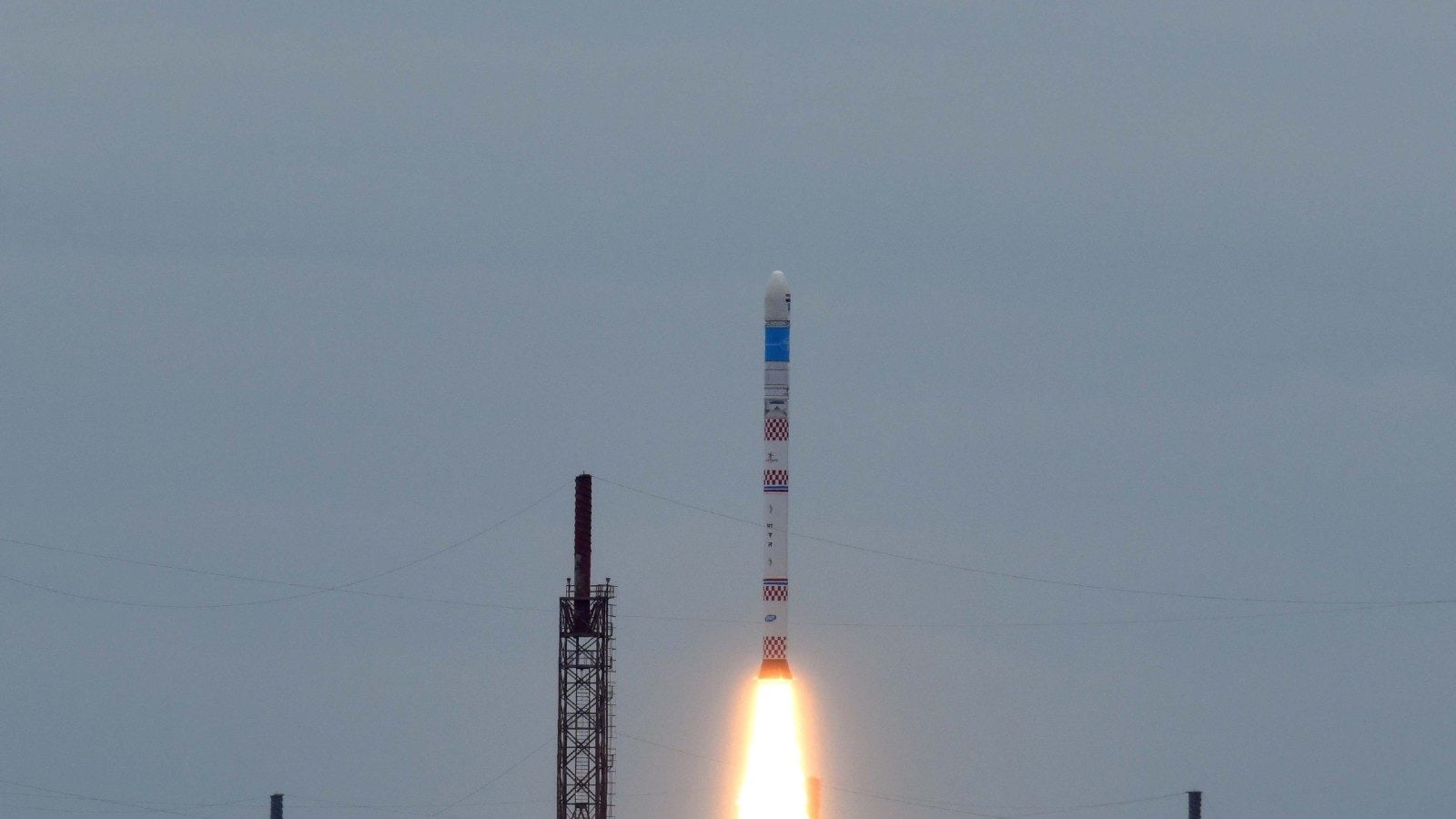Mission Accomplished: ISRO SSLV D2 Successfully Places 3 Small Satellites In Orbit
Last Updated: February 10, 2023, 10:11 IST

ISRO’s new launch vehicle SSLV D2 placed all three satellites in orbit accurately.
ISRO had launched three small satellites powered by its SSLV-D2 launch vehicle from Satish Dhawan Space Centre at Sriharikota on February 10, 2023 at 09:18 AM IST.
The Indian Space Research Organisation (ISRO) announced another successful mission. ISRO chairman S. Somanath said that three small satellites successfully separated and were injected into orbit. ISRO’s new launch vehicle SSLV D2 placed all three satellites in orbit accurately.
ISRO had launched three small satellites powered by its SSLV-D2 launch vehicle from Satish Dhawan Space Centre at Sriharikota on February 10, 2023 at 09:18 AM IST. The launch vehicle was carrying EOS-07, Janus-1 & AzaadiSAT-2 satellites and aimed to inject them into a 450 km circular orbit. The launch took place at the first launch pad at SDSC SHAR, Sriharikota.
“Congratulations to all 3 satellite teams for making the satellites as well as placing them in right orbit. We analysed the problems faced in SSLV-D1, identified corrective actions &implemented them at a very fast pace to ensure the vehicle becomes successful this time,” said ISRO S. Somanath.
The SSLV-D2 had to take a 15 minutes flight to inject EOS-07, Janus-1 and AzaadiSAT-2 satellites into 450 km circular lower orbit. “It is configured with three solid propulsion stages and a velocity terminal module. It is a 34 m tall, 2 m diameter vehicle having a lift-off mass of 120 t,” said ISRO. The EOS-07 satellite weighs 156.3 kg and is made by ISRO.
About 13 minutes into its flight, the SSLV rocket ejected EOS-07 and soon after that the other two satellites Janus-1 and AzaadiSAT-2 were ejected — all at an altitude of 450 km, said ISRO.
With the new rocket in its portfolio, ISRO will have three rockets — Polar Satellite Launch Vehicle (PSLV) and its variants (cost about Rs 200 crore), Geosynchronous Satellite Launch Vehicle (GSLV-MkII cost about Rs 272 crore and LVM3 Rs 434 crore) and SSLV (Development cost of three rockets about Rs 56 crore each) and production cost may go down later.
“New experiments include mm-Wave Humidity Sounder and Spectrum Monitoring Payload. Janus-1, a 10.2 kg satellite belongs to ANTARIS, USA. A 8.7 kg satellite AzaadiSAT-2 is a combined effort of about 750 girl students across India guided by Space Kidz India, Chennai,” it added.
SSLV caters to the launch of up to 500 kg satellites to Low Earth Orbits on ‘launch-on-demand’ basis. “It provides low-cost access to Space, offers low turn-around time and flexibility in accommodating multiple satellites, and demands minimal launch infrastructure,” as per a statement by ISRO.
Read all the Latest Tech News here
For all the latest Technology News Click Here


